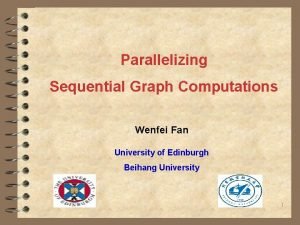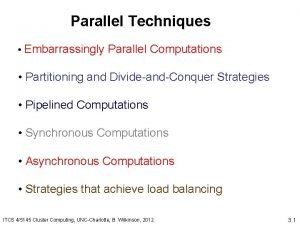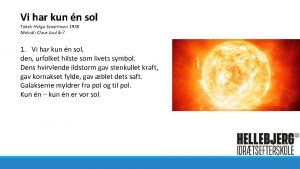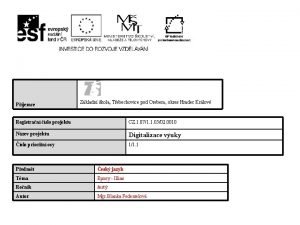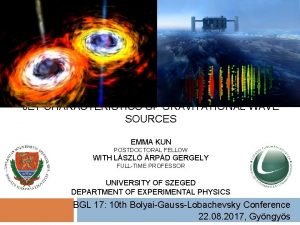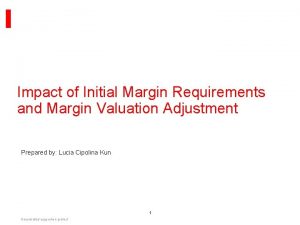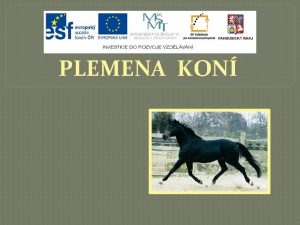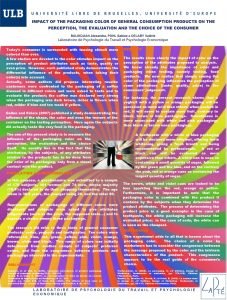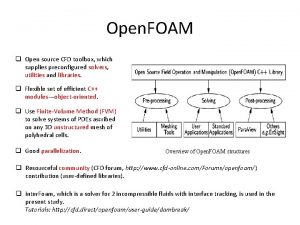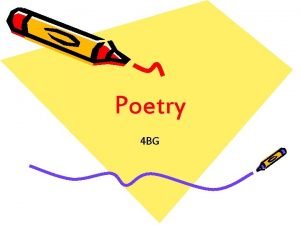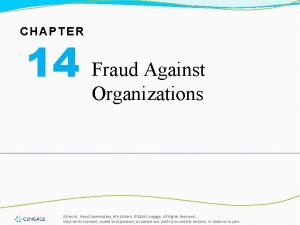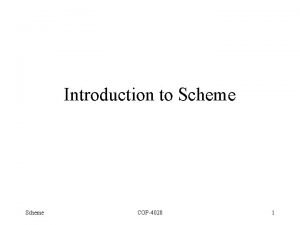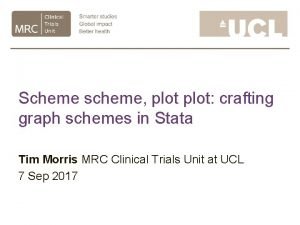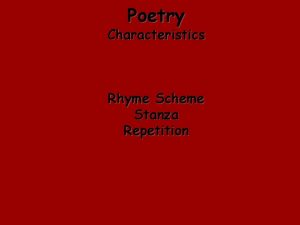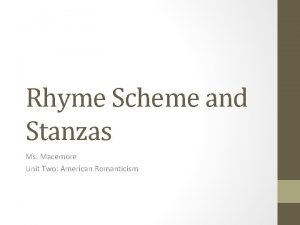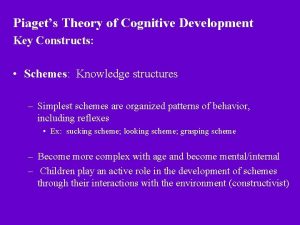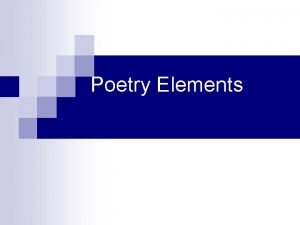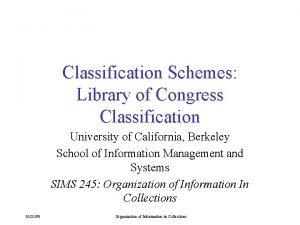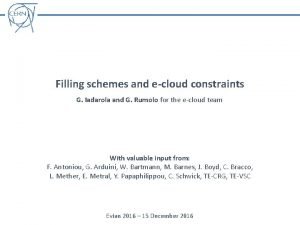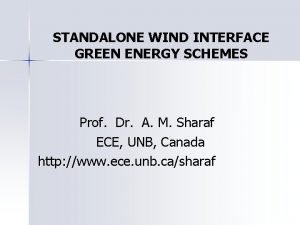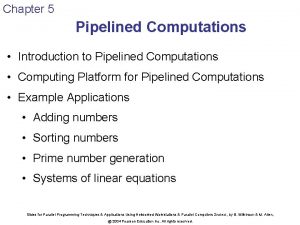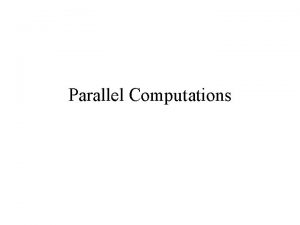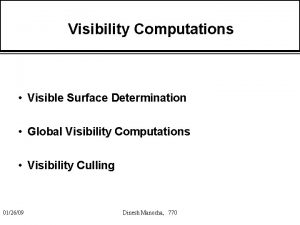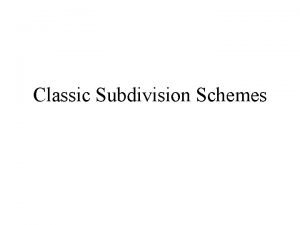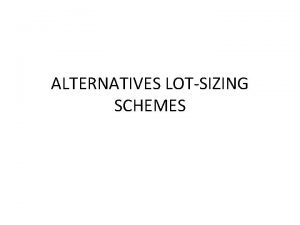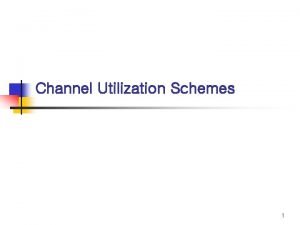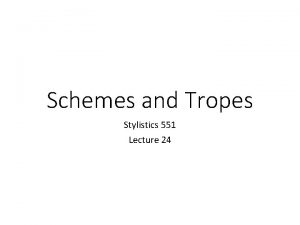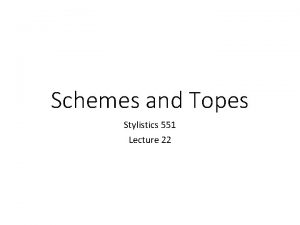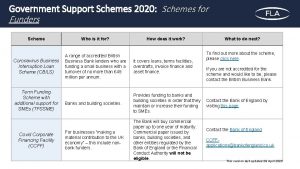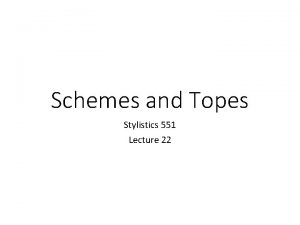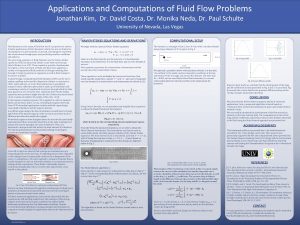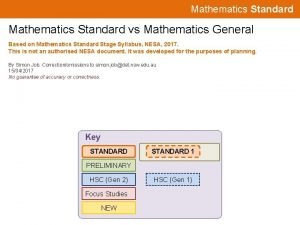Gaskinetic schemes for flow computations Kun Xu Mathematics





































































- Slides: 69

Gas-kinetic schemes for flow computations Kun Xu Mathematics Department Hong Kong University of Science and Technology

Collaborators: Changqiu Jin, Meiliang Mao, Huazhong Tang, Chun-lin Tian Acknowledgements: RGC 6108/02 E, 6116/03 E, 6102/04 E, 6210/05 E

Contents • Gas-kinetic BGK-NS flow solver • Navier-Stokes equations under gravitational field • Two component flow • MHD • Beyond Navier-Stokes equations

FLUID MODELING Continuum Models Molecular Models Deterministic Liouville MD DSMC Kn Euler Statistical Chapman-Enskog Boltzmann 0. 1 0. 001 Continuum Navier-Stokes Burnett Slip flow 10 Transition Free moleculae

Gas-kinetic BGK scheme for the Navier-Stokes equations fluxes

Gas-kinetic Finite Volume Scheme • Based on the gas-kinetic BGK model, a time dependent gas distribution function is obtained under the following IC, • Update of conservative flow variables,

BGK model: Equilibrium state: Collision time: A single temperature is assumed: To the Navier-Stokes order: in the smooth flow region !!!

• Relation between and macroscopic variables • Conservation constraint

• BGK flow solver Integral solution of the BGK model

• Initial gas distribution function on both sides of a cell interface. The corresponding is where the non-equilibrium states have no contributions to conservative macroscopic variables,

• Equilibrium state

• Equilibrium state is determined by

Where is determined by

• Numerical fluxes: • Update of flow variables:

Double Cones Detached shock Attached shock

Double-cone M=9. 50 (RUN 28 in experiment) Mesh: 500 x 100



Unified moving mesh method physical domain computational domain Unified coordinate system ( W. H. Hui, 1999) geometric conservation law

The 2 D BGK model under the transformation Particle velocity macroscopic velocity Grid velocity

The computed paths - fluttering - - tumbling -

computed experiment

fluid force as functions of phase

fluid force as functions of phase

3 D cavity flow

BGK model under gravitational field: Integral solution: where the trajectory is

Integral solution: Gravitational potential

X=0 where for x<0 for x>0

Initial non-equilibrium state: Equilibrium state

The gas distribution function at a cell interface: Flux with gravitational effect: Flux without gravitational effect (multi-dimensional):

Steady state under gravitational potential N=500000 steps Diamond: with gravitational force term in flux Solid line: without G in flux


Gas-kinetic scheme for multi-component flow and have different .

Gas distribution function at a cell interface:

Shock tube test:

Sod test = +

A Ms=1. 22 shock wave in air hits a helium cylindrical bubble

Shock helium bubble interaction (Y. S. Lian and K. Xu, JCP 2000)

Ideal Magnetohydrodynamics Equations in 1 D

Moments of a gas distribution function: Equilibrium state: The macroscopic flow variables are the moments of g. For example, Then, according to particle velocities, we can split flow variables as:

With the definition of moments: We have Recursive relation:

Therefore,

Kinetic Flux vector splitting scheme (Croisille, Khanfir, and Ghanteur, 1995) free transport j+1/2

Flux splitting for MHD equations:

Construction of equilibrium state: j free transport collision , where j+1/2

Equilibrium flux function: The BGK flux is a combination of non-equilibrium and equilibrium ones: (K. Xu, JCP 159)


1 D Brio-Wu test case: Left state: Right state: density x-component velocity solid lines: current BGK scheme dash-line: Roe-MHD solver

y-component velocity shock By distribution Contact discontinuity +: BGK, o: Roe-MHD, *: KFVS

Orszag-Tang MHD Turbulence: t=0. 5 (a): density (b): gas pressure (c): magnetic pressure (d): kinetic energy 5 th WENO

t=2. 0 (a): density (b): gas pressure (c): magnetic pressure (d): kinetic energy 5 th WENO

t=3. 0 (a): density (b): gas pressure (c): magnetic pressure (d): kinetic energy 5 th WENO

t=8. 0 (a): density (b): gas pressure (c): magnetic pressure (d): kinetic energy

3 D examples:





BGK (100^3)

FLUID MODELING Continuum Models Molecular Models Deterministic Liouville MD DSMC Kn Euler Statistical Chapman-Enskog new continuum models Boltzmann 0. 1 0. 001 Continuum Navier-Stokes Burnett Slip flow 10 Transition Free moleculae

Generalization of Constitutive Relationship Gas-kinetic BGK model: Compatibility condition: Constitutive relationship:

With the assumption of closed solution of the BGK model: is obtained by substituting the above solution into BGK eqn. The solution becomes

Extended Navier-Stokes-type Equations A time-dependent gas distribution function at a cell interface where Viscosity and heat conduction coefficient

Argon shock structure Observation: Experiment: Alsmeyer (‘ 76), Schmidt (‘ 69), . . . Shock thickness: Mean free path (upstream):

Density distribution in Mach=9 Argon shock front Circles : experimental data (Alsmeyer, ‘ 76); dash-dot line: BGK-NS; solid line: BGK-Xu

Diatomic gas: N 2 (two temperature model: bulk viscosity is replaced by temperature relaxation) ,

BGK Compatibility condition

M=12. 9 nitrogen shock structure

M=11 nitrogen shock structure Efficiency: DSMC: hours Extended BGK: minutes
 When graphs are life
When graphs are life Embarrassingly parallel
Embarrassingly parallel Vi har kun en sol tekst
Vi har kun en sol tekst Trojský kůň rčení
Trojský kůň rčení Franz marc modrý kůň
Franz marc modrý kůň Sakurasou no pet na kanojo characters
Sakurasou no pet na kanojo characters Alisteinen sivulause
Alisteinen sivulause Formatálás
Formatálás Emma kun
Emma kun Fungsi candi dalam kerajaan alam melayu
Fungsi candi dalam kerajaan alam melayu Lucia cipolina kun
Lucia cipolina kun Kyokushin karate dojo kun
Kyokushin karate dojo kun Americký klusák
Americký klusák Héfaistos
Héfaistos A szerelem kémiája
A szerelem kémiája Asrga tatigulik kun rejasi
Asrga tatigulik kun rejasi Cooperative business definition
Cooperative business definition Packaging color schemes
Packaging color schemes Openfoam interpolation schemes
Openfoam interpolation schemes What is the rhyme scheme of the poem
What is the rhyme scheme of the poem Words that rhyme with murmur
Words that rhyme with murmur Product classification schemes
Product classification schemes Middle punt return scheme
Middle punt return scheme Punter drills
Punter drills Scheme adjective
Scheme adjective Pilot relaying schemes
Pilot relaying schemes Rhetorical devices
Rhetorical devices Information architecture organization schemes
Information architecture organization schemes Types of rhyme schemes in afrikaans
Types of rhyme schemes in afrikaans Albrecht developed the fraud scale
Albrecht developed the fraud scale Schools recommendation schemes
Schools recommendation schemes What is the rhyme scheme of the poem
What is the rhyme scheme of the poem Cop4020
Cop4020 Three generations of multicomputers
Three generations of multicomputers Scheme scheme plot plot
Scheme scheme plot plot Standards rhyme
Standards rhyme Rectangle (tetradic) color scheme
Rectangle (tetradic) color scheme Square color scheme
Square color scheme Yellow and blue disney characters
Yellow and blue disney characters What is rhyme scheme
What is rhyme scheme Poem patterns
Poem patterns Bacteria kingdom, phylum, class, order
Bacteria kingdom, phylum, class, order Schemes in piaget's theory
Schemes in piaget's theory Hospital wristband colors
Hospital wristband colors Different rhyme schemes
Different rhyme schemes Organization schemes
Organization schemes Signal encoding techniques in data communication
Signal encoding techniques in data communication Soft loan schemes for services sector (slsss)
Soft loan schemes for services sector (slsss) Main classes of library of congress classification scheme
Main classes of library of congress classification scheme New and navigation schemes selection of window
New and navigation schemes selection of window Food assurance schemes
Food assurance schemes Filling schemes
Filling schemes Wecs schemes
Wecs schemes Ocr past paper mark schemes
Ocr past paper mark schemes En lathund för arbete med kontinuitetshantering
En lathund för arbete med kontinuitetshantering Anatomi organ reproduksi
Anatomi organ reproduksi Egg för emanuel
Egg för emanuel Hur räknar man standardavvikelse
Hur räknar man standardavvikelse Rutin för avvikelsehantering
Rutin för avvikelsehantering Presentera för publik crossboss
Presentera för publik crossboss Klassificeringsstruktur för kommunala verksamheter
Klassificeringsstruktur för kommunala verksamheter Myndigheten för delaktighet
Myndigheten för delaktighet Att skriva en debattartikel
Att skriva en debattartikel Var 1721 för stormaktssverige
Var 1721 för stormaktssverige Tack för att ni lyssnade
Tack för att ni lyssnade Tobinskatten för och nackdelar
Tobinskatten för och nackdelar Tack för att ni lyssnade bild
Tack för att ni lyssnade bild Referatmarkeringar
Referatmarkeringar Atmosfr
Atmosfr Byggprocessen steg för steg
Byggprocessen steg för steg
